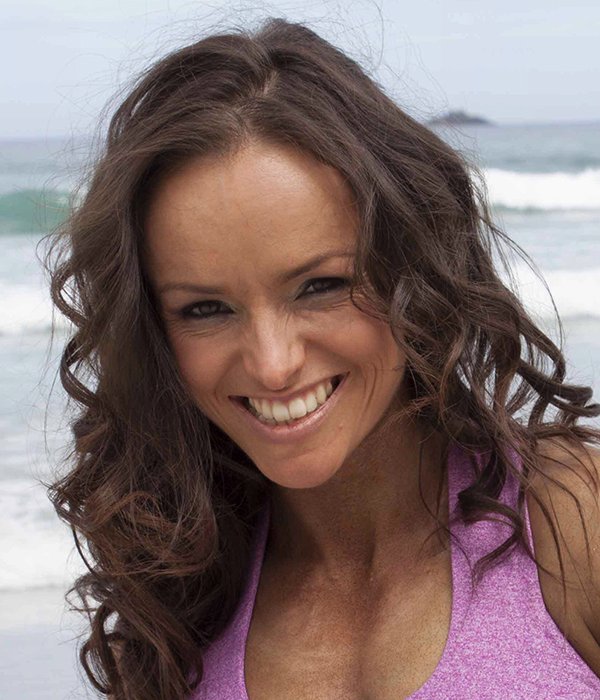Industry
Spotlight

The most successful operators in the next decade won’t just have the best equipment or branding. They’ll be the ones who can monetize recovery — through frameworks, segmentation, and training cultures that meet clients where they are. Because recovery isn’t the absence of progress. It’s the foundation of what comes next.

 The Future of Fitness Starts Where Recovery Begins
The Future of Fitness Starts Where Recovery Begins
For decades, the fitness industry has been shaped by performance. Whether derived from athletic conditioning or refined through tech, the dominant logic has been simple: push, progress, adapt. And it’s worked — until now.
Globally, a new client profile is emerging. Individuals who are no less motivated, but whose physiology no longer responds predictably. They’re managing post-viral fatigue, hormonal dysregulation, autoimmune reactivity, and chronic burnout. Many have trained consistently, followed nutritional protocols, adopted wearables — and still cannot bounce back.
This isn’t a fringe group. The recovery and fatigue-related market has expanded exponentially over the past four years. And it continues to grow. Yet our systems haven’t caught up.
Mainstream programs remain anchored in athletic models—scaled down, but not structurally reimagined. Most trainers are never taught to calibrate programming based on autonomic nervous system variability, inflammatory load, or recovery readiness. Foundational concepts like Minimum Effective Dose and Maximum Recoverable Volume — long used in elite sport — are still absent from general fitness education.
We’re not short on data. We’re short on interpretation.
We can track HRV, BioAge, sleep cycles, strain, readiness. But we lack operational frameworks to action those metrics — frameworks that fit the real-world needs of everyday clients.
In response, many operators have begun layering on recovery services — red light therapy, cold plunge, breathwork zones, HIIT meets yoga hybrids. But without integration, this becomes a duct-tape model: one that fuses extreme output with equally extreme recovery — assuming more is always better. It’s not.
General population clients don’t want to live at the edge of intensity or the edge of restoration. They want to feel better, move well, and regain trust in their body’s ability to respond. What they need isn’t everything. It’s the right things, calibrated well. That means frameworks, not fads.
What’s missing in most clubs isn’t infrastructure — it’s prescription logic. We’ve solved for access: many gyms now offer recovery areas. The next layer is intelligent packaging: how much recovery, for whom, when, and why? This is where fitness becomes both clinical-grade and commercially scalable.
In my own studio, we never sold “unlimited access.” Instead, clients received prescribed class frequencies based on their condition, stress load, and life stage. Their package reflected not just what to do — but how much, when, and why. It gave clients clarity and trust. And it gave us usage predictability, higher retention, and stronger results.
Now imagine if your gym, spa, or franchise had that use case built in. Not just access to recovery. But contextualized, programmed recovery. With clear usage pathways, ROI justification for each modality, and measurable outcomes.
This isn’t just a gym problem. Med spas, wellness clinics, and high-end studios are facing the same challenge: incredible tools, but no cohesive structure tying usage to client outcomes. A licensed framework can fill that gap — one that’s brand-agnostic, ready to implement, and built to complement what you already offer. This isn’t about lowering standards. It’s about elevating service quality through personalization. And yes, it’s also a commercial opportunity.
Clients with complex needs — post-viral populations, older adults, peri-menopausal women — are actively seeking intelligent support. They’re often willing to pay premium rates for models that respect their progression timelines and long-term health priorities. In our own programs, recovery-informed clients showed 30% higher retention and 2x referral rates compared to general memberships.
The most successful operators in the next decade won’t just have the best equipment or branding. They’ll be the ones who can monetize recovery — through frameworks, segmentation, and training cultures that meet clients where they are. Because recovery isn’t the absence of progress. It’s the foundation of what comes next.
About Dr. Susan Baxter:
Dr. Susan Baxter is a clinical movement specialist and the Founder of the AHA Method, DrSuzSquad and Sweat Equity Coaching. With a PhD in Physiotherapy and over a decade of experience across academia, elite coaching, and chronic illness recovery, Susan builds systems that meet real-world bodies: without compromising on precision. She offers digital and on-the-ground training for fitness franchises, health retreats, and clinical wellness teams, with a licensing model that scales her proven AHA Method across diverse delivery formats. Her approach blends biomechanics, nervous system regulation, and energy-aware programming to support everyone from post-viral clients to high-performing execs. Susan has presented at FILEX, FitEx, and ExPRO, and delivers practitioner training across Southeast Asia, the UK, and Australasia. Her work challenges outdated fitness norms and equips businesses with tools to expand their reach without losing integrity.






